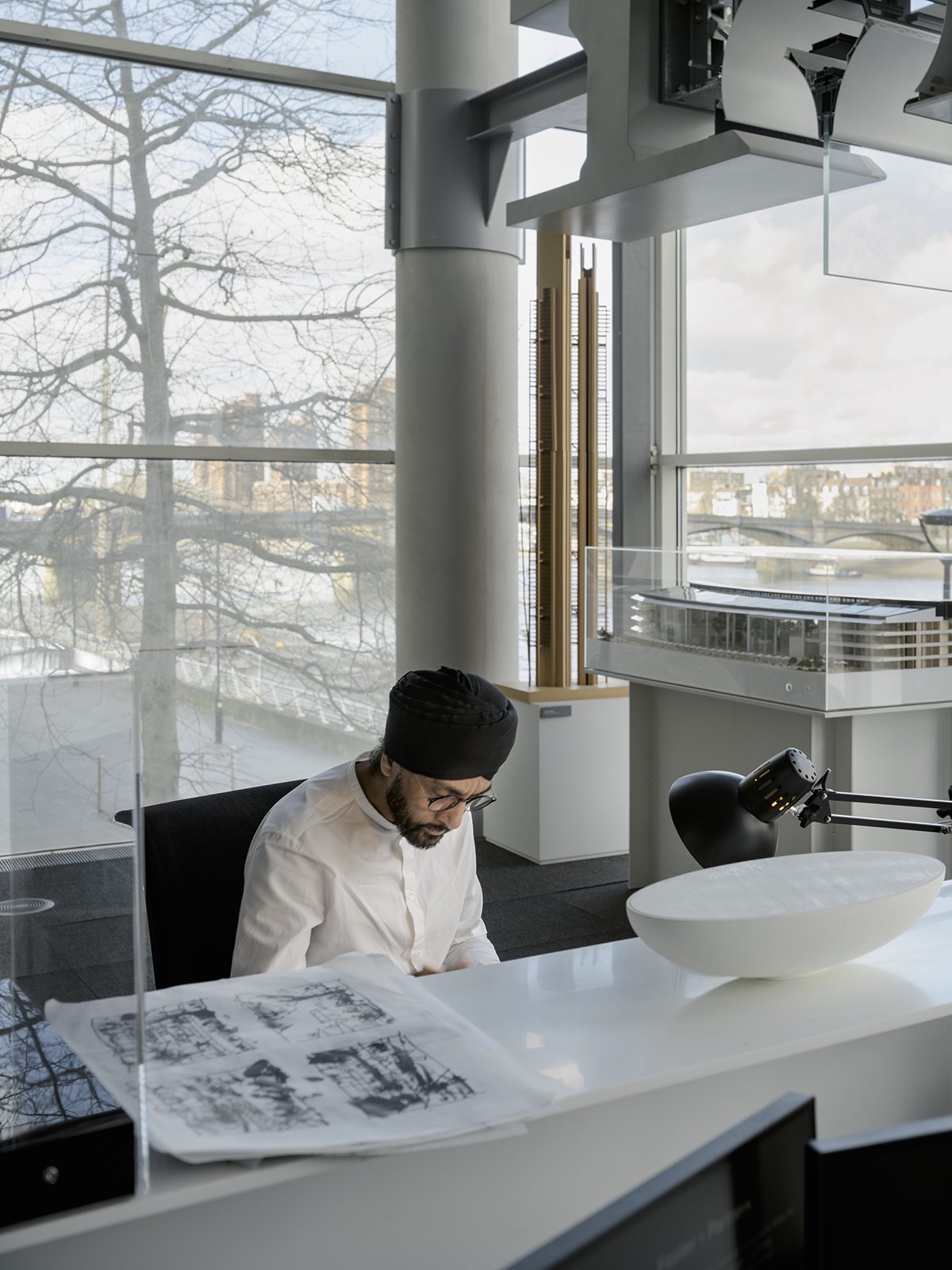Narinder Sagoo attributes his creativity to his childhood, where nothing came in abundance and everyone made ends meet by making everything themselves.
It is only now that I appreciate the fortune of growing up in a household where nothing came in abundance, where everyone made ends meet by making everything we needed. It could be building our own furniture, sewing our own clothes or repairing the car on the cobbled street outside. Pencils, cutting patterns with chalk, and books with cut-away instructions accompanied all my childhood days.
In today’s world, we are desperate for such an inventive living where we can do more with less. As a child, the creative process was an escape from reality for me. I would play with Lego bricks in dialogue with my action figures or be constructing objects out of card and paper whilst always simultaneously drawing. My tools were limited, but I made a connection between drawing and making very early on in life. Hours would pass until I awoke and returned to the reality of my attic bedroom in Leeds. My memories to this day are of being lost in a lucid mental place without the limits of reality – perhaps an early creative metaverse. I would train myself to enter this mental state of creative isolation for many years to come.
The same spatial construct which allowed me to transition into the creative part of my mind is still accessible today, with all the freedom and curiosity of a child. The ability to access this creative subconscious allows me to think and express myself as an architect and artist without prejudice and judgement to this very day. Our only challenge as adults is to remain curious and naïve, to ask the same simple questions and to question everything, even the questions themselves. I have developed the ability to do this in any given space or circumstance, whether it be on the London Underground, my home studio or our spacious London studio in Battersea, alone or with a team of colleagues and clients.
I surround myself with tools for drawing and painting, both analogue and digital. I create an environment where drawing and making is of equal value. My studio at home is part drawing studio and part workshop. Tim Soar’s portrait is powerful because it captures me in the midst of the creative process, dreaming of visions unseen and unbuilt. My desk, sketchbooks, drawings and array of pencils and books are hidden from view. The focus of the portrait is on the creative mind.
Narinder Sagoo
Foster + Partners, London SW11
Source: Architecture Today

